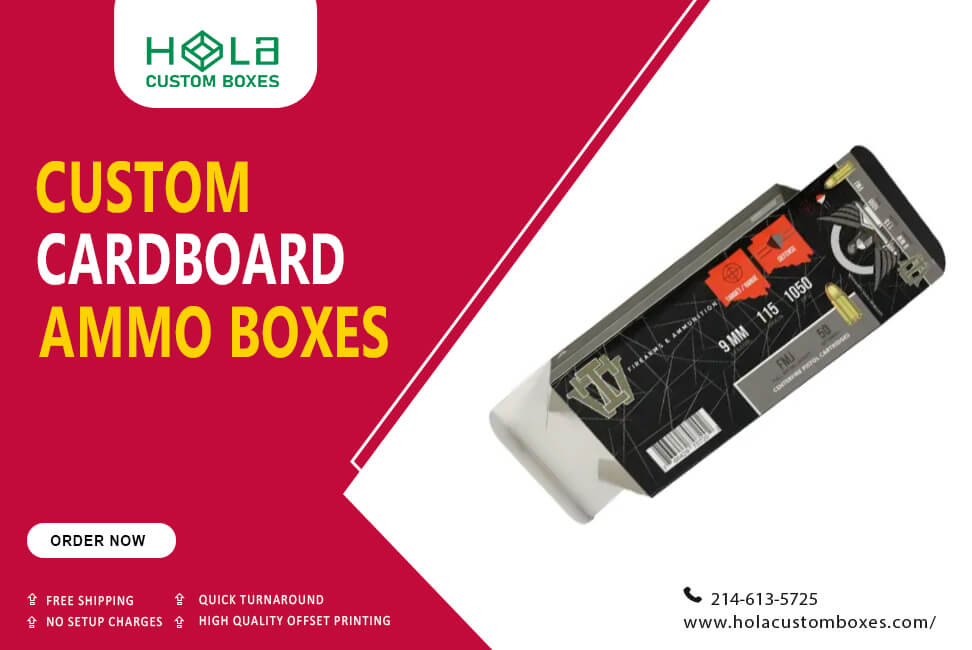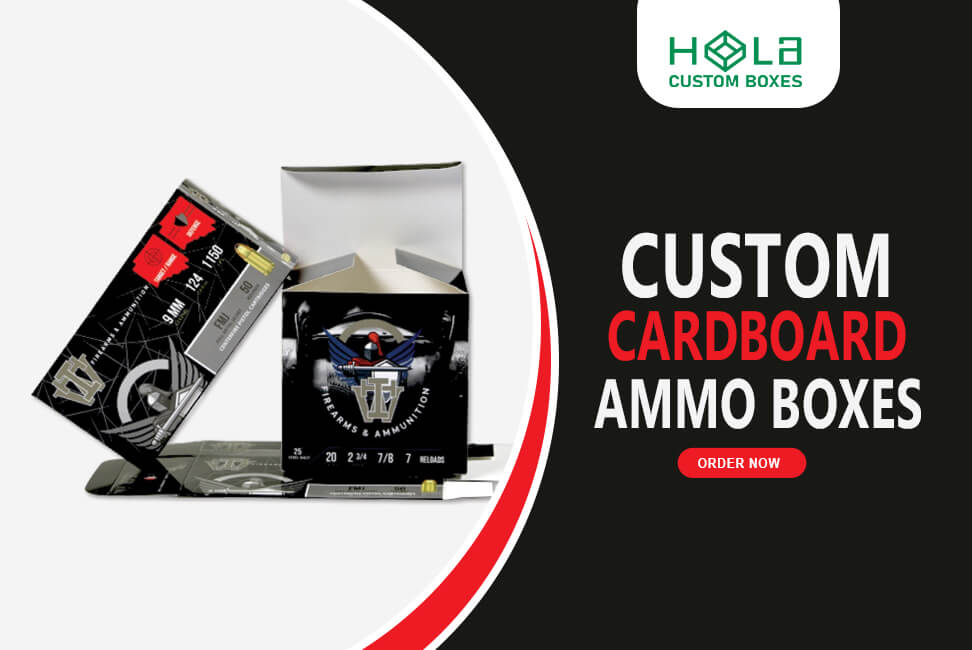The Power Of E-Commerce Packaging: Boosting Brand Image
2025-12-12 09:05:04.jpg)
In today's competitive e-commerce landscape, packaging isn't just a protective layer; it's a powerful tool that can shape customer perceptions and elevate your brand image. When customers receive their orders, the packaging creates an immediate impression that can influence their overall experience. By focusing on design, sustainability, and personalization, you can engage consumers on a deeper level. What strategies can you implement to guarantee your packaging resonates with your target audience and stands out in their minds?
Main Points
- Consistent branding through packaging colors and logos reinforces brand recognition and enhances overall perception.
- High-quality packaging increases perceived product value, influencing customer loyalty and repeat purchases.
- Eco-friendly packaging aligns with consumer values, fostering loyalty among 34% of environmentally-conscious shoppers.
- Memorable unboxing experiences encourage social media sharing, amplifying brand visibility and engagement.
- Personalization in packaging creates emotional connections, transforming casual buyers into loyal brand advocates.
The Role of E-Commerce Packaging in Brand Perception
E-commerce packaging plays an essential role in shaping your perception of a brand right from the moment you receive your order.
It's your first physical interaction, and it influences your judgment about the product's quality. By consistently using brand colors, logos, and design elements, brands reinforce recognition and build trust in a crowded marketplace.
High-quality packaging can elevate perceived product value—52% of customers are more likely to repurchase after a positive experience.
High-quality packaging significantly enhances perceived value, with 52% of customers more likely to repurchase after a positive experience.
Furthermore, incorporating sustainable materials aligns with your values, as 34% of consumers show greater loyalty to environmentally responsible brands, boosting overall brand image considerably. Additionally, using eco-friendly boxes not only minimizes waste generation but also supports sustainability initiatives, enhancing the brand's commitment to the environment.
Enhancing Customer Experience Through Memorable Unboxing

The moment you receive a package at your doorstep, the unboxing experience begins. This moment can lead to a 52% increase in repeat purchases, dramatically boosting loyalty.
You're not just unpacking; you're engaging with a brand that understands the importance of excitement. Personalized touches—like custom inserts—ignite anticipation and create memorable moments.
As you share your experience on social media, the buzz amplifies brand visibility, attracting new customers who watch unboxing videos for insights. Moreover, the use of custom printed subscription boxes can enhance the overall presentation and appeal of the products being delivered.
In the end, a strong unboxing experience shapes your perception of quality, making it an essential strategy in e-commerce packaging that can significantly elevate brand image.
Sustainable Packaging: Aligning With Consumer Values
Sustainable packaging has become a pivotal factor in shaping consumer loyalty and brand trust. When you choose eco-friendly materials, you're not just reducing waste; you're aligning your brand with values that resonate with 92% of buyers who trust environmentally responsible brands.
With 34% of consumers showing greater loyalty to those brands, it's clear that sustainability boosts customer retention. Furthermore, many shoppers are willing to pay a premium for products with sustainable packaging. Additionally, using eco-friendly materials in your packaging not only enhances your brand image but also helps reduce environmental impact.
Personalization: Creating a Unique Brand Identity
Three out of four customers are more likely to make repeat purchases when they connect with a brand through personalized packaging.
By incorporating unique designs, logos, and slogans, you not only boost brand recognition but also stand out in a crowded marketplace.
Incorporating unique designs and logos elevates brand recognition, helping you shine in a competitive landscape.
Personalized messaging and custom inserts make your customers feel valued, enhancing their overall experience.
This emotional connection fosters loyalty and encourages them to share their memorable unboxing moments on social media.
When your packaging reflects your brand's identity and values, you create a powerful connection that transforms casual buyers into dedicated advocates. Additionally, using high-quality materials ensures your packaging not only looks great but also effectively protects your products.
The Impact of Design and Color on Consumer Emotions
When you consider how packaging influences consumer emotions, it's clear that design and color play an essential role in shaping perceptions and driving purchasing decisions.
Strategic color choices can evoke powerful feelings, compelling customers to act.
Warm colors spark excitement and urgency.
Cool tones foster trust and calmness.
Memorable designs enhance the unboxing experience.
Additionally, custom cosmetic packaging solutions can further elevate a product's emotional impact and appeal, making it more memorable to consumers.
Choosing the Right Materials for Effective Packaging
Effective packaging goes beyond just appealing design and color; it also hinges on the materials you choose. Selecting the right materials based on your product's weight and dimensions is essential for protection and a memorable unboxing experience.
Corrugated shipping boxes offer durability and versatility, while poly mailers provide a cost-effective solution for lighter items. Opting for sustainable materials, like recyclable paper or post-consumer resin polybags, not only resonates with eco-conscious consumers but also enhances your brand's reputation.
Prototyping and Testing for Optimal Packaging Solutions
While many businesses focus on design and materials, prototyping and testing are essential steps in developing ideal packaging solutions that truly resonate with consumers.
By evaluating structure, functionality, and aesthetics early on, you can guarantee your packaging meets customer expectations and brand standards.
Experience realistic samples that highlight your packaging's potential.
Gather early feedback to refine designs and enhance satisfaction.
Utilize innovative technologies like 3D printing to save time and resources.
These steps not only improve packaging effectiveness but also reinforce brand reliability, helping you build trust in a competitive e-commerce landscape.
Don't overlook the power of prototyping!
Navigating Shipping and Logistics Challenges
Managing shipping and logistics challenges is essential for e-commerce success, especially as businesses expand into international markets.
Partnering with reliable shipping providers ensures timely delivery while navigating complex regulations and customs procedures.
By optimizing packaging dimensions, you can minimize shipping costs and reduce carbon emissions, promoting sustainability.
Effective packaging solutions not only address these challenges but also enhance your brand image, appealing to eco-conscious consumers.
Using clear labeling and appropriate designs further minimizes damage and confusion during transit.
When you prioritize these logistics strategies, you establish a strong, responsible brand that resonates with modern customers committed to environmental values.
Innovative Packaging Strategies for Competitive Advantage
As you seek to differentiate your brand in a crowded e-commerce landscape, innovative packaging strategies can provide a decisive competitive advantage.
Consider these approaches:
Explore creative packaging strategies to elevate your brand and foster customer loyalty.
Custom designs that reflect your brand's personality can create loyalty and repeat purchases.
Sustainable materials resonate with 92% of consumers, enhancing your brand's reputation.
Interactive features, like QR codes, engage customers and boost social media visibility.
Conclusion
In today's competitive e-commerce landscape, packaging is more than just a protective layer—it's a powerful tool for brand elevation. By prioritizing design, sustainability, and personalization, you're not just shipping products; you're crafting experiences that resonate with consumers. This thoughtful approach not only boosts customer loyalty but also amplifies your brand's visibility. Embrace innovative packaging strategies to stand out, convert casual buyers into passionate advocates, and ultimately drive your brand's success in the digital marketplace.
At Hola Custom Boxes, we believe packaging is more than protection—it’s a powerful storytelling tool. Our punch partition packaging is designed to elevate your brand by combining durability with sleek, customizable design. Crafted from eco-friendly materials and tailored to fit your products securely, these boxes enhance the unboxing experience while reinforcing your identity. Whether you’re aiming for sustainability, personalization, or premium presentation, our solutions help transform every delivery into a memorable brand moment. Showcase your commitment to quality and innovation with Hola Custom Boxes.

